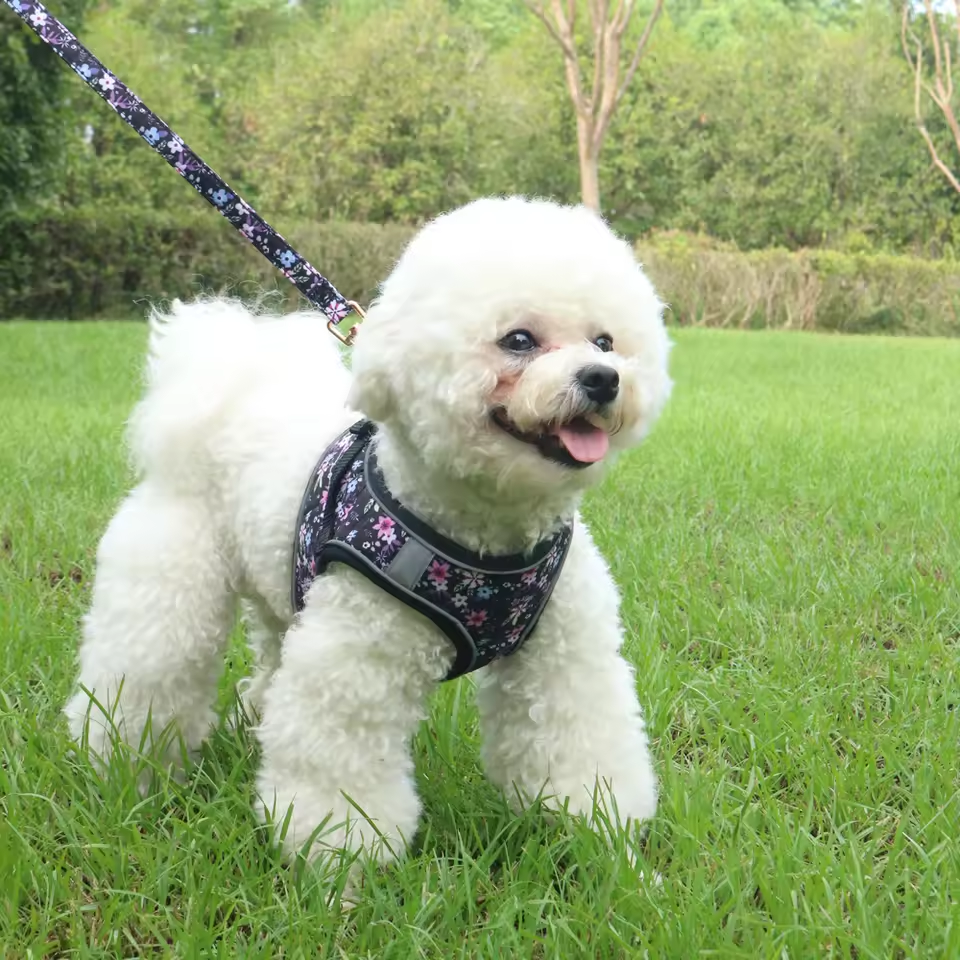Living with a dog is a constant adventure. Their boundless enthusiasm, unwavering loyalty, and goofy antics bring joy to our lives. However, sharing a home with a furry friend also comes with the responsibility of training them to become well-behaved companions. This journey can feel overwhelming at times, with countless methods and philosophies bombarding you from all sides. But fear not! Understanding the four quadrants of dog training can be your guiding light, offering a framework for effective communication and a harmonious relationship with your canine companion.
Contents
Understanding the Terminology:
Before diving into the quadrants themselves, it’s crucial to clarify the terminology. Here, “positive” and “negative” don’t denote good or bad, but rather the addition or removal of something. “Positive” simply means adding a stimulus, while “negative” signifies taking something away. “Reinforcement” strengthens a desired behavior, while “punishment” weakens an unwanted one.

The Four Quadrants:
-
Positive Reinforcement (Adding Something Pleasant): This is the golden standard of dog training. When your dog exhibits a desired behavior, you reward them with something they find enjoyable. This could be a tasty treat, a playful game of fetch, or even just a shower of praise and affection. Positive reinforcement encourages your dog to repeat the behavior, leading to a well-mannered and happy pup.
- Example: Your dog sits patiently when you ask. You reward them with a delicious treat, making them more likely to sit again in the future.
-
Negative Reinforcement (Removing Something Unpleasant): This involves removing an aversive stimulus to strengthen a desired behavior. It’s important to distinguish this from punishment, as negative reinforcement doesn’t aim to inflict discomfort. Imagine your dog pulling on the leash during a walk. By stopping and waiting until the leash slackens before continuing the walk, you remove the unpleasant sensation of a tight leash, encouraging them to walk calmly beside you.
- Example: Your dog barks incessantly when confined in a crate. You let them out only when they are quiet, teaching them that calmness leads to freedom.
-
Negative Punishment (Removing Something Pleasant): This quadrant involves taking away something your dog enjoys to discourage an unwanted behavior. It’s crucial to remember that negative punishment isn’t about harsh reprimands. Imagine you’re playing fetch with your dog, and they excitedly grab the ball before you throw it. You simply stop the game and wait for them to calm down before resuming. By removing the fun activity, you discourage their eagerness, promoting patience and waiting for your cue.
- Example: Your dog jumps on you for attention. You turn away and ignore them until they calm down, teaching them that jumping doesn’t get them what they want.
-
Positive Punishment (Adding Something Unpleasant): This is the least preferred quadrant and should be used with caution. It involves adding an aversive stimulus to deter an unwanted behavior. A stern verbal reprimand when your dog chews on furniture or a gentle tap on the nose (not hitting!) for persistent barking might fall into this category. However, positive punishment can backfire if used excessively, leading to fear or aggression in your dog.
- Example: Your dog digs in the flowerbed. You use a spray bottle filled with water to deter them, associating digging with an unpleasant experience.

Choosing the Right Quadrant:
The most effective training methods rely heavily on positive reinforcement. Rewarding desired behaviors builds a positive association with commands and fosters a strong bond between you and your dog. Negative reinforcement can also be beneficial in certain situations, particularly when dealing with anxieties or phobias.
Negative punishment and positive punishment should be used sparingly and only when absolutely necessary. Remember, the goal is to teach your dog what’s right, not just punish them for what’s wrong. For instance, if your dog barks excessively, using positive reinforcement to reward quiet behavior is a more effective long-term solution than simply scolding them for barking.

Beyond the Quadrants:
The four quadrants offer a valuable framework, but dog training is a nuanced art form. Consider these additional factors:
- Timing is Key: Rewards and consequences must be delivered immediately after the desired or undesired behavior for maximum impact.
- Consistency is Crucial: Inconsistency in training can confuse your dog and hinder progress.
- Patience is Paramount: Learning takes time. Be patient with your dog and celebrate small victories.
- Seek Professional Help: If you’re facing significant behavioral challenges, don’t hesitate to consult a certified professional dog trainer.

Definition and explanation
Living with a dog is a whirlwind of wagging tails, slobbery kisses, and boundless enthusiasm. But amidst the joy comes the responsibility of training them to be well-adjusted companions. Fear not, dog lovers! The four quadrants of dog training offer a clear path to communication and a fulfilling relationship with your furry friend.

Comparison and Contrast
Positive Reinforcement vs. Positive Punishment
| Feature | Positive Reinforcement | Positive Punishment |
|---|---|---|
| Similarities | Adds something to influence behavior | Adds something to influence behavior |
| Differences | Adds something pleasant to encourage a desired behavior | Adds something unpleasant to discourage an unwanted behavior |
| Effectiveness | More effective and humane | Less effective and can backfire |
Negative Reinforcement vs. Negative Punishment
| Feature | Negative Reinforcement | Negative Punishment |
|---|---|---|
| Similarities | Removes something to influence behavior | Removes something to influence behavior |
| Differences | Removes something unpleasant to encourage a desired behavior | Removes something pleasant to discourage an unwanted behavior |
| Usefulness | Useful for dealing with anxieties or phobias | Should be used sparingly and only when necessary |
Overall Comparison
| Quadrant | Method | Description | Example |
|---|---|---|---|
| Positive Reinforcement | Adding something pleasant | Rewards desired behavior to encourage repetition. | Rewarding a dog with a treat for sitting. |
| Negative Reinforcement | Removing something unpleasant | Removes an aversive stimulus to strengthen a desired behavior. | Stopping to walk only when the leash slackens. |
| Negative Punishment | Removing something pleasant | Takes away something enjoyable to discourage an unwanted behavior. | Ignoring a dog that jumps for attention. |
| Positive Punishment | Adding something unpleasant | Adds an aversive stimulus to deter an unwanted behavior. | Using a spray bottle to deter digging. (Use with caution) |
Takeaway
Positive reinforcement is the most effective and humane method. Use negative reinforcement and punishment sparingly and prioritize positive approaches for a happy and well-behaved dog.
By understanding the four quadrants of dog training and employing a positive and patient approach, you can unlock a world of effective communication and a joyful relationship with your furry companion.


